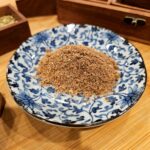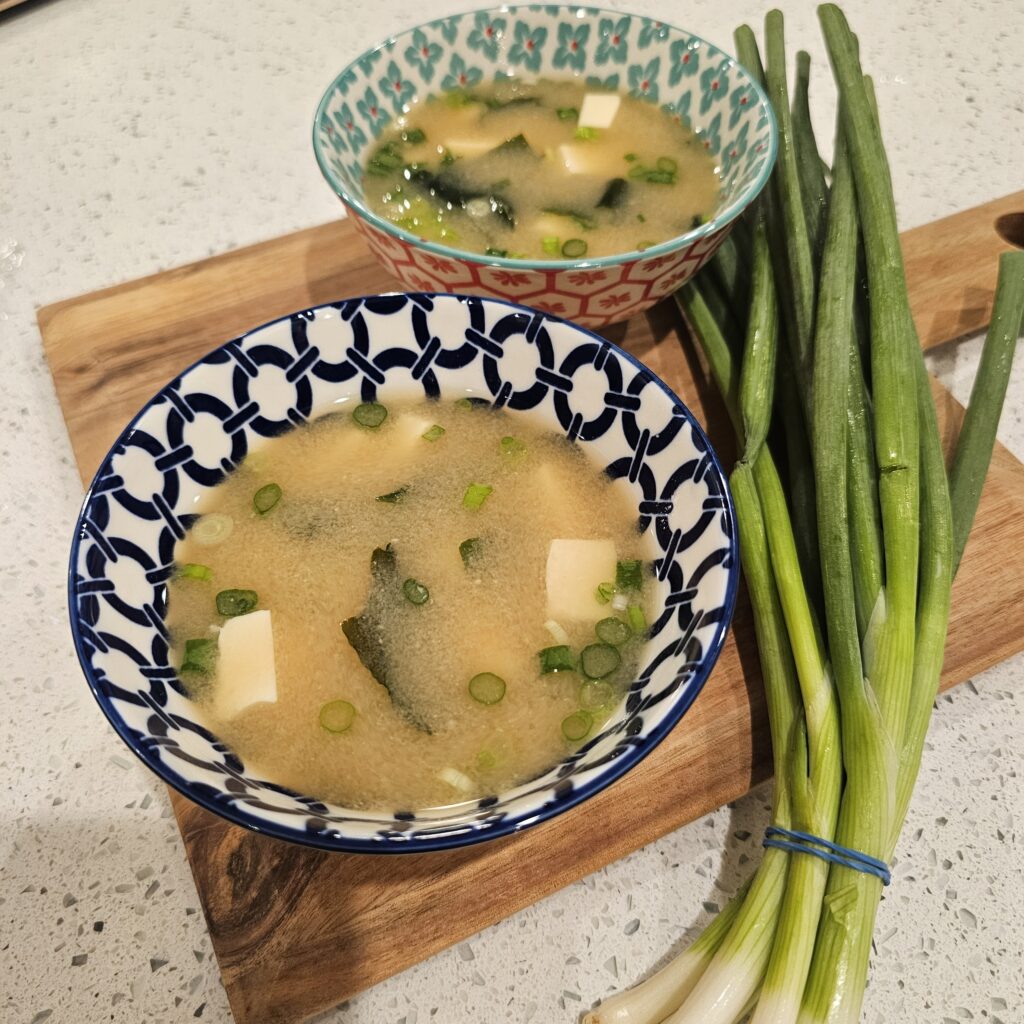
Simple Miso Soup Recipe with Tofu
Recent Recipes
Warm, comforting, and deeply flavorful, this HOMEMADE MISO SOUP is a simple yet satisfying dish you’ll want to make on repeat. With silky tofu, umami-rich miso, and a hint of seaweed, it’s the perfect way to bring a taste of Japan to your table. Once you try this recipe, you’ll never settle for instant packets again!
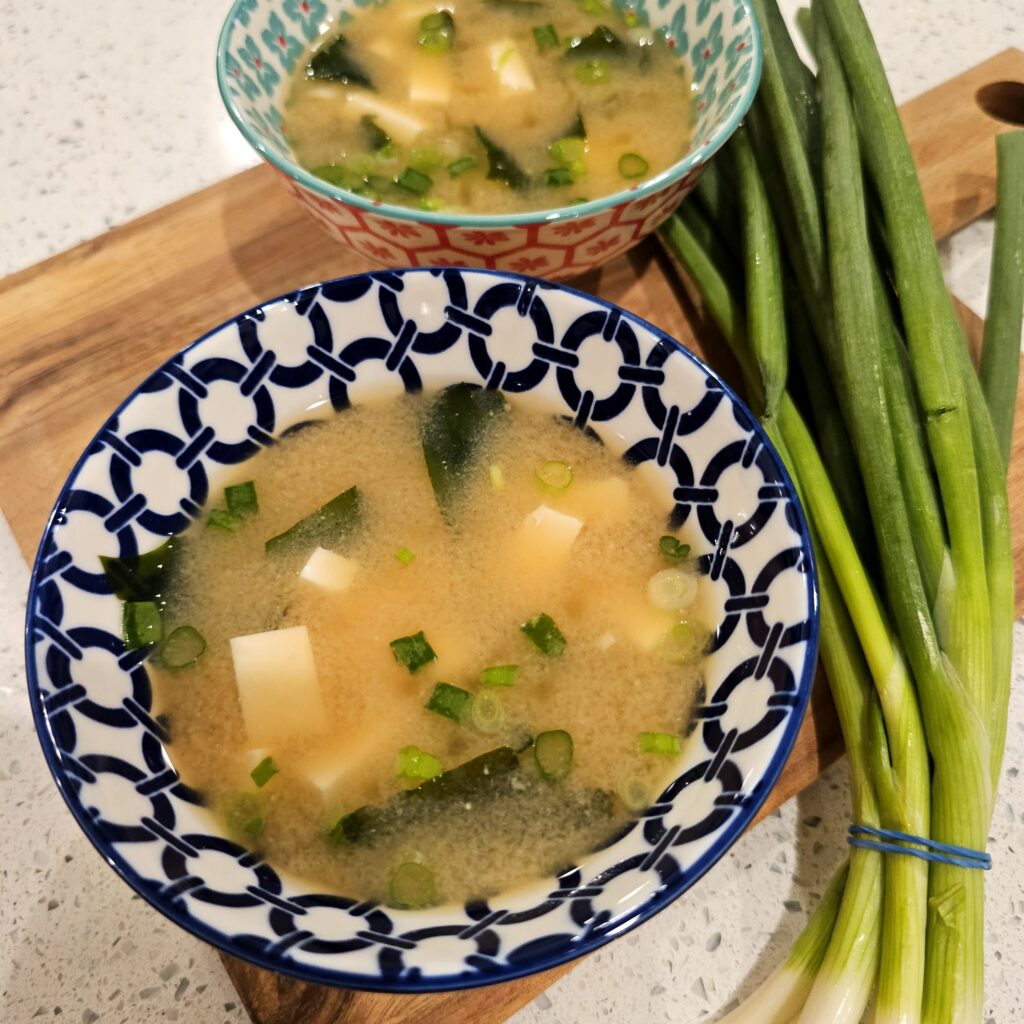
The heart of this recipe lies in the dashi, a traditional Japanese broth that forms the base of miso soup. Paired with silky tofu, vibrant green onions, and a sprinkle of wakame seaweed, this soup delivers layers of flavor in every spoonful. The miso paste brings a distinct savory richness, while the tofu adds a gentle creaminess. Once we realized how simple it was to prepare, it quickly became a staple in our home, perfect for a cozy lunch or light dinner.
One of the things we love most about homemade miso soup is how customizable it is. You can keep it classic, as we’ve done here, or add ingredients like mushrooms, spinach, or even a poached egg for extra protein and flavor. The process itself is so meditative: dissolving the miso, gently stirring in the tofu, and watching the wakame expand in the broth. It’s one of those recipes that feels just as nourishing to make as it is to eat.
If you’ve never tried making miso soup from scratch, this is your sign to start. It’s quick, approachable, and full of flavor, making it an ideal recipe for beginners and seasoned cooks alike. Trust us—once you’ve tasted the homemade version, those instant packets will never hold the same appeal again.
IN THIS RECIPE...
What do I need to make homemade miso soup?
DASHI
Dashi is the foundation of any authentic miso soup, providing the umami depth that ties the dish together. You have a few options to make dashi:
- FROM SCRATCH: Making dashi from scratch is simpler than you might think and offers the most authentic flavor. Bring 4 cups of water to a slow boil with one piece of kombu (dried kelp). Just before the water boils, remove the kombu and add about 1 cup of katsuobushi (dried bonito flakes). Let it steep for 10 minutes, then strain. This homemade version has a delicate, smoky, and briny flavor.
- FROM A PACKET: If you’re short on time, a dashi packet is a fantastic option. Think of it like a tea bag—you simmer it in water to extract the flavor. These packets typically contain a blend of bonito flakes
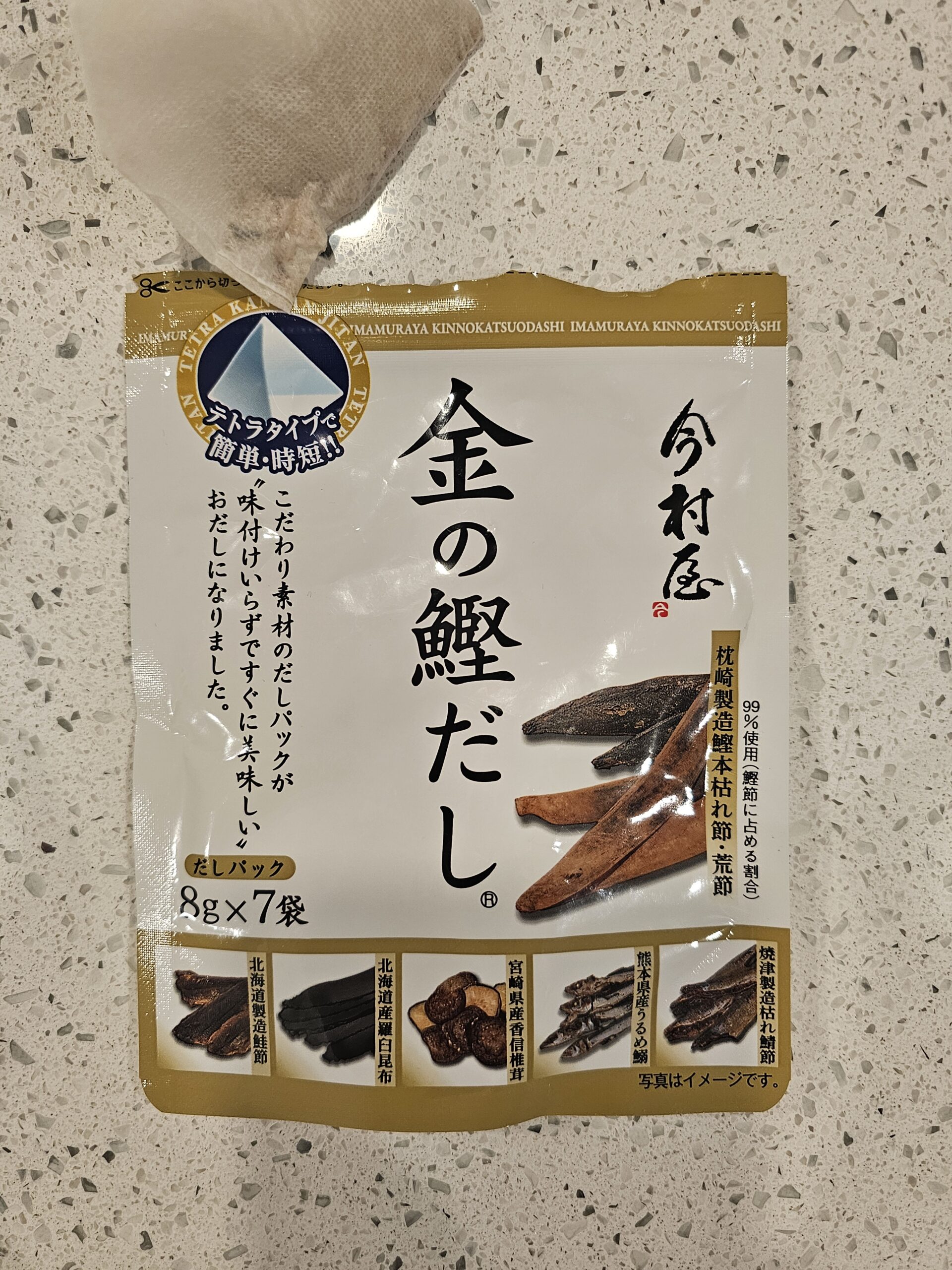 , kombu, and other seasonings, making them incredibly convenient. This is our go-to method!
, kombu, and other seasonings, making them incredibly convenient. This is our go-to method! - FROM POWDER: Dashi powder is the quickest route. Simply dissolve the powder in hot water for an instant broth. While it may not have the nuanced depth of homemade dashi, it’s a reliable option for a quick fix.
MISO
Miso paste is the heart of this soup, offering that signature savory and slightly sweet flavor. There are several types of miso to choose from:
- WHITE MISO (Shiro Miso): Mild and slightly sweet, it’s a great choice for lighter, delicate soups.
- YELLOW MISO: A bit stronger than white miso, with an earthier, richer flavor.
- RED MISO: Bold and robust, it’s perfect for those who want a deeper, more pronounced umami flavor.
For this recipe, white or yellow miso works best for a balanced, classic miso soup.
TOFU
Tofu adds a soft, creamy texture to the soup and absorbs the dashi beautifully. The type of tofu you use can make a big difference:
- SILKEN TOFU: Soft and delicate, silken tofu almost melts into the soup, creating a luxurious texture. It’s the most traditional choice for miso soup.
- SOFT TOFU: Slightly firmer than silken, soft tofu holds its shape better while still providing a tender bite.
- FIRM OR EXTRA-FIRM TOFU: While these can be used in a pinch, they don’t have the same delicate texture and won’t blend as seamlessly into the soup.
WAKAME SEAWEED
Dried wakame seaweed rehydrates in the soup, adding a touch of brininess and a pop of green color. It’s incredibly easy to use—just stir it into the hot broth, and it will expand almost instantly. Wakame is also packed with nutrients, making it a healthy addition.

SCALLIONS
Thinly sliced scallions add a fresh, slightly sharp flavor that balances the richness of the miso and tofu. They also make for a beautiful garnish.
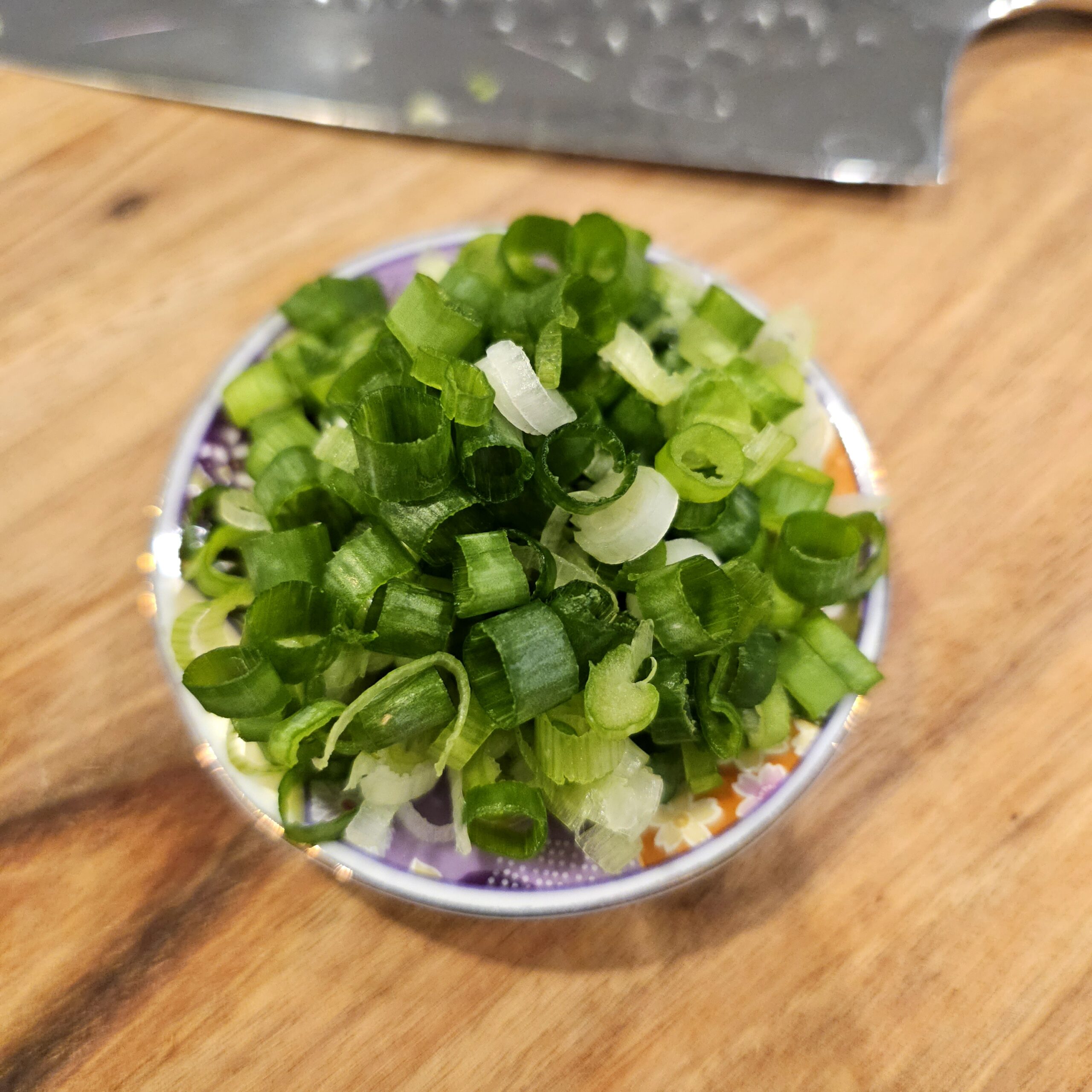
Additional Notes and Tips
- If you don’t have wakame on hand, spinach or baby bok choy can be a great substitute for a similar texture and color.
- For added protein, you can include thin slices of fish, shrimp, or even a poached egg. These variations complement the base recipe wonderfully without overpowering it.
By choosing the right ingredients and method for your preferences, you can create a miso soup that feels both authentic and perfectly tailored to your taste. Whether you go the traditional route or take a few shortcuts, the result will still be comforting and delicious.
How do I make homemade miso soup with tofu?
1. PREPARE THE DASHI
Start by making your dashi, as this will be the foundation of your miso soup. If you’re using a dashi packet or powder, follow the instructions on the packaging to dissolve it in 4 cups of water and bring it to a gentle boil over medium heat.
If you’re making dashi from scratch, place one piece of kombu (dried kelp) in 4 cups of water over medium-low heat. Just before the water boils, remove the kombu to avoid any bitterness. Add about 1 cup of katsuobushi (dried bonito flakes) to the water and bring it to a boil for 30 seconds. Turn off the heat and let it steep for about 10 minutes. Strain the mixture using a fine mesh sieve, and your homemade dashi is ready!
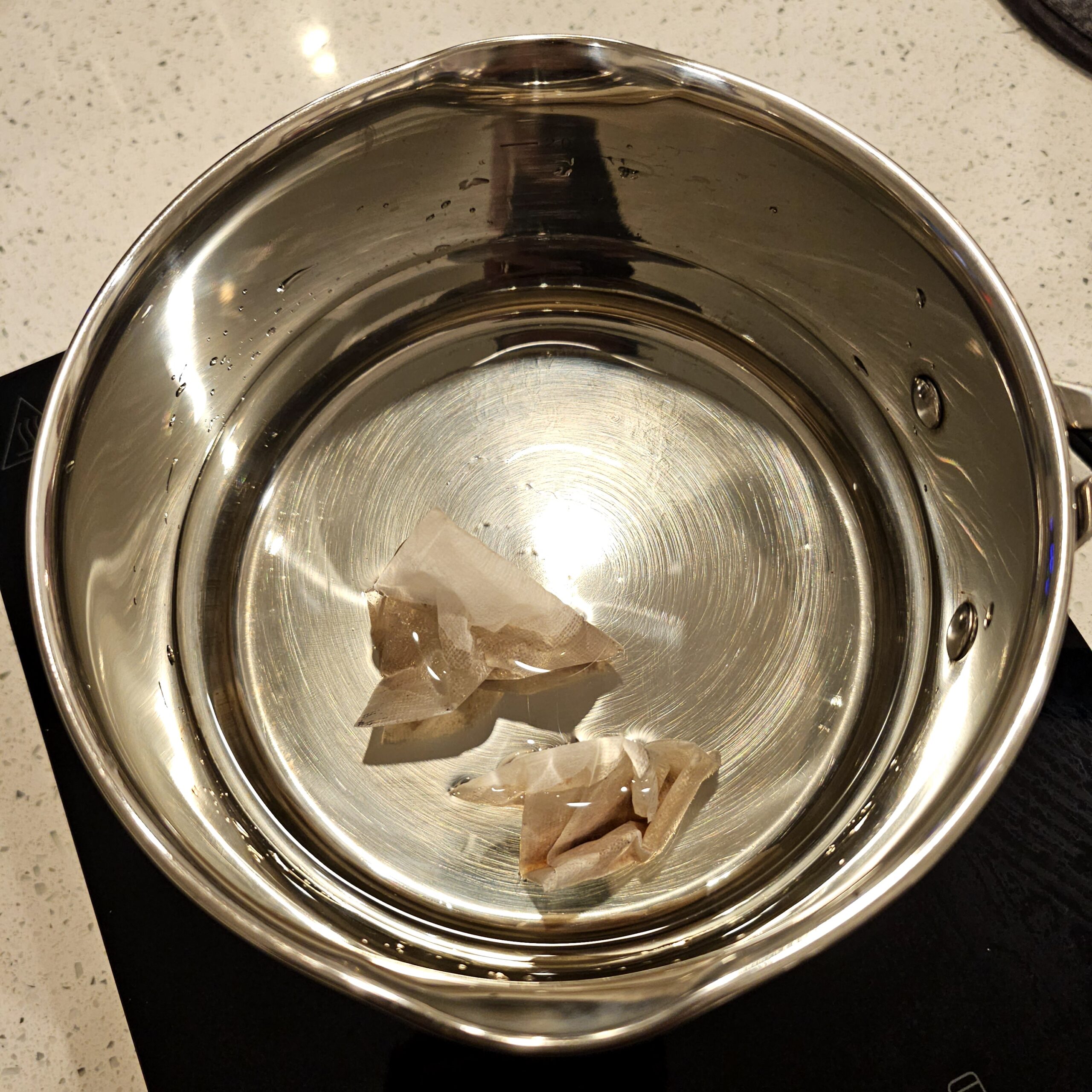
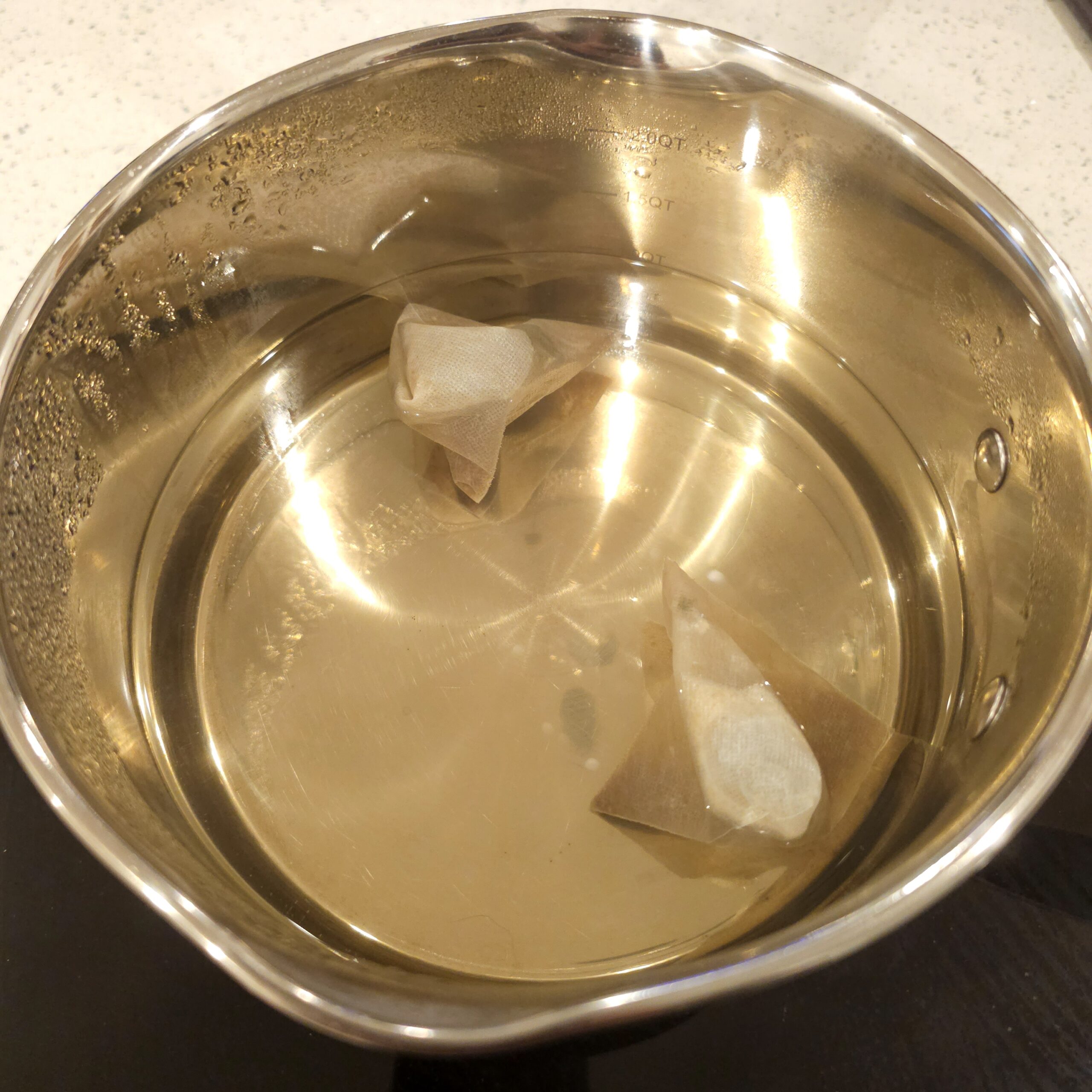
2. HEAT THE BROTH
Bring the prepared dashi to a slow boil over medium heat. Once the broth starts to bubble, immediately turn off the heat. This step is crucial—overboiling can dull the delicate flavors of the dashi and negatively affect the overall taste of the soup.
3. INCORPORATE THE MISO
Add the miso paste to the broth, one tablespoon at a time. The best way to dissolve miso is to place it in a ladle or small strainer, then use a spoon or chopsticks to mix it into the broth. This prevents clumps and ensures a smooth, even consistency. Repeat this process until all 4 tablespoons of miso have been incorporated. Note: It’s normal to see some koji floating in the soup after dissolving the miso. You can strain it out with a fine mesh sieve if you prefer a clearer broth.
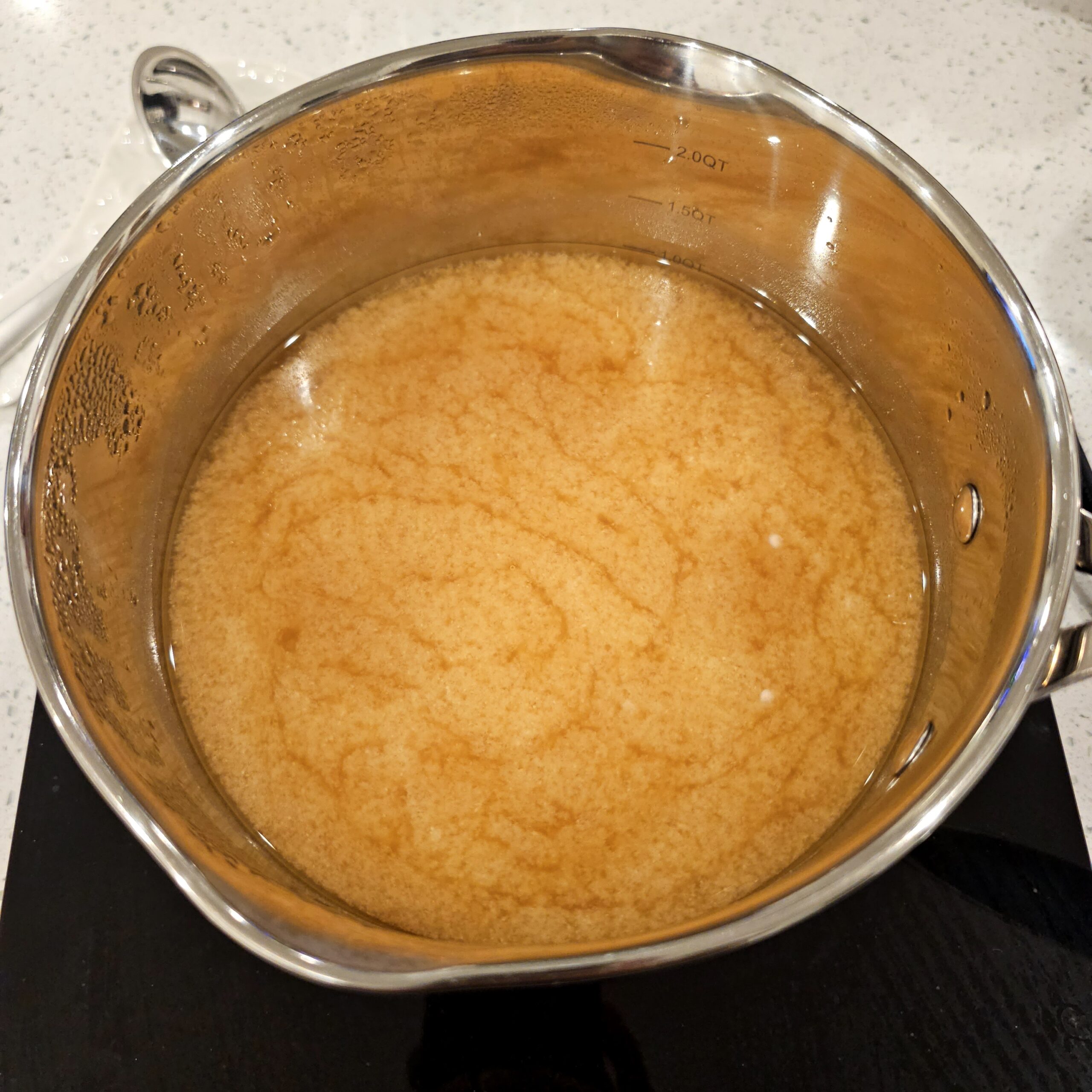
4. ADD THE TOFU
Gently add the cubed tofu to the broth. Be careful not to stir too aggressively, as silken or soft tofu can break apart easily. Use a spoon to nudge the tofu into place rather than stirring vigorously.

5. STIR IN WAKAME AND SCALLIONS
Add the dried wakame seaweed and sliced scallions to the soup. Stir gently to combine. The wakame will expand and soften almost immediately, adding both texture and flavor to the soup.
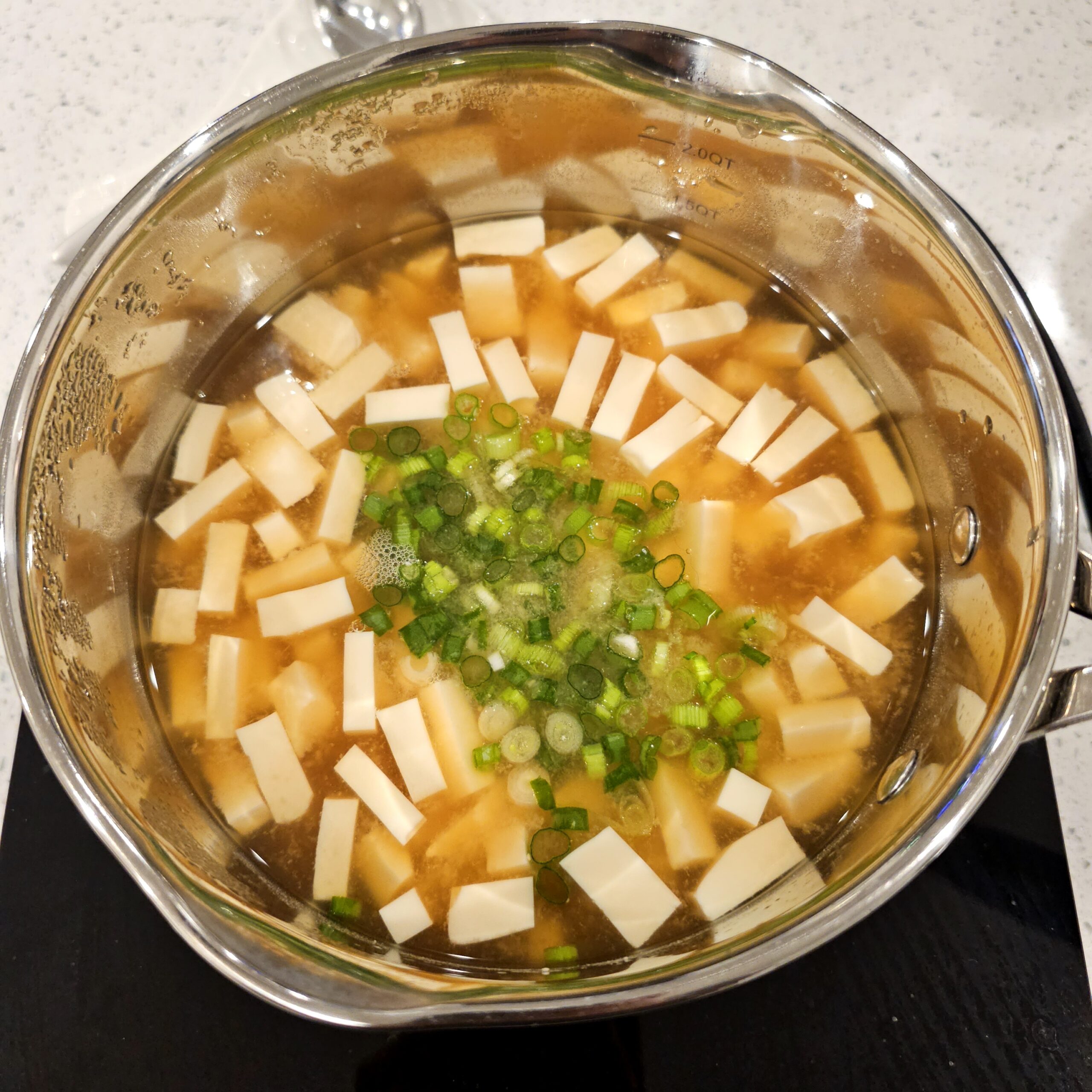
6. SERVE IMMEDIATELY
Ladle the soup into individual bowls and serve it immediately while it’s warm. This soup is best enjoyed fresh, as reheating it can diminish the flavor and aroma of the miso. If you’re serving guests, you can garnish the soup with extra scallions for a fresh, vibrant touch.
TIPS FOR REHEATING LEFTOVERS
If you have leftovers, reheat the soup gently over low heat. Avoid bringing it to a boil, as this can compromise the flavor and texture. A slow, gentle simmer is all you need to warm it back up.
By following these expanded steps, you can create a miso soup that’s perfectly balanced, rich in umami, and delicate in texture—a comforting bowl that showcases the beauty of homemade Japanese cooking.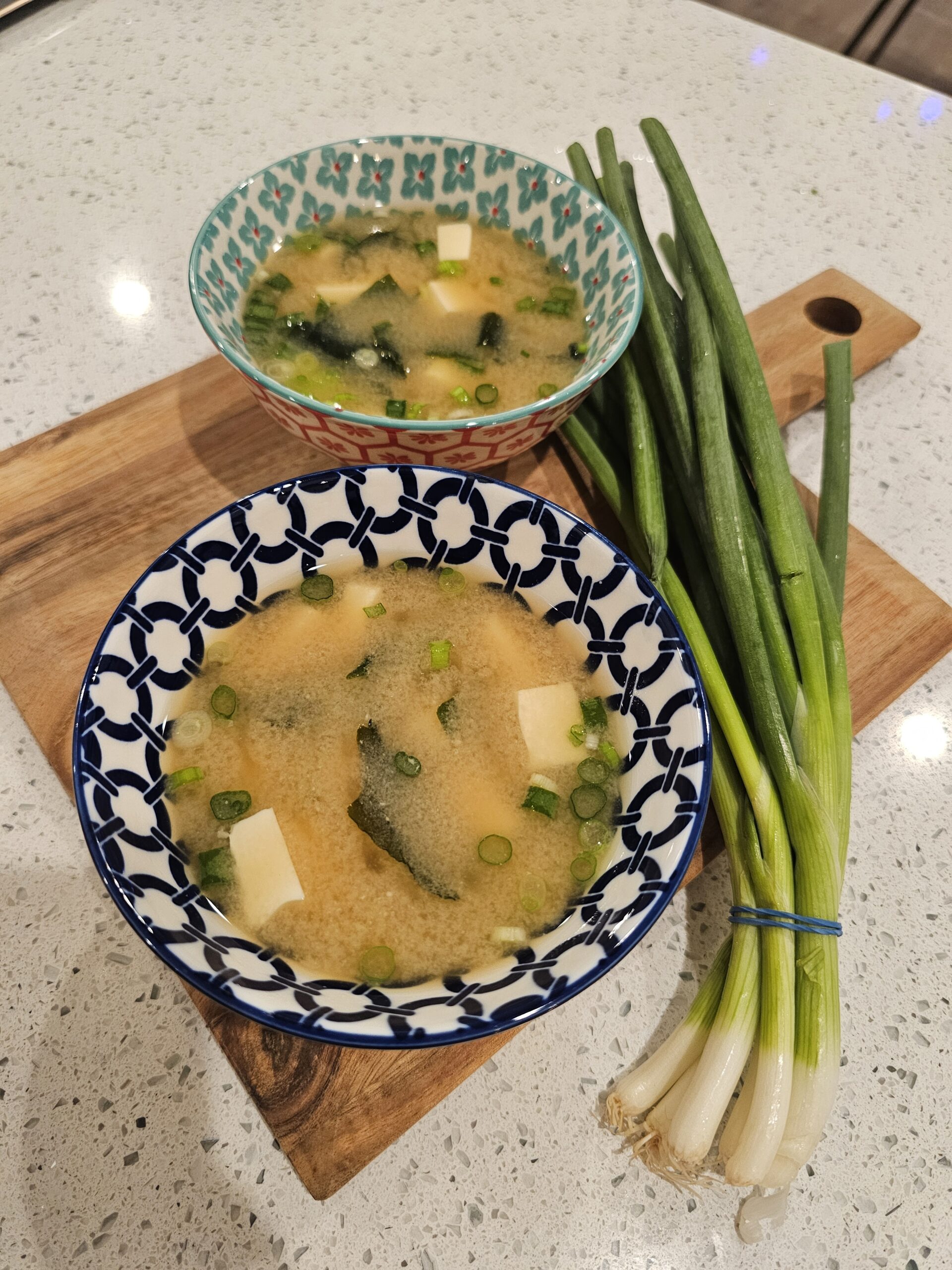
Related Recipes

Homemade Miso Soup with Tofu
Ingredients
- 4 cups Dashi see note
- 7 ounces soft/silken tofu cut into small cubes
- 4 tablespoons miso
- 1 tablespoon dried wakame seaweed
- 1 scallion/green onion sliced thin
Instructions
- Bring the dashi to a slow boil over medium heat. Once boiling, turn off the heat.4 cups Dashi
- Add the miso, 1 tablespoon at a time, ensuring the miso is completely dissolved before adding more. You may see some koji floating in your broth after dissolving the miso. That is completely normal but you can remove it with a fine mesh sieve if you prefer.4 tablespoons miso
- Gently add the tofu to the soup. Be careful not to stir too aggressively at this point or you will break the tofu.7 ounces soft/silken tofu
- Add the wakame seaweed and sliced green onion, stir to combine, and serve immediately. If you have leftovers, when reheating, don't bring the soup to a boil or you will lose a lot of flavor and aroma.1 tablespoon dried wakame seaweed, 1 scallion/green onion sliced thin
Notes
- We use a dashi packet to make our dashi but you can also make your own by bringing 4 cups of water with 1 piece of kombu (dried kelp) to a slow boil over medium-low heat. Just before boiling, remove the kombu (you can keep it for other uses). Then add about 1 cup of katsuobushi (dried bonito flakes) and bring to a boil again for about 30 seconds. Allow the katsuobushi to steep for about 10 minutes then strain through a fine-mesh sieve. You can store this for 3-5 days or freeze for up to 2 weeks.











